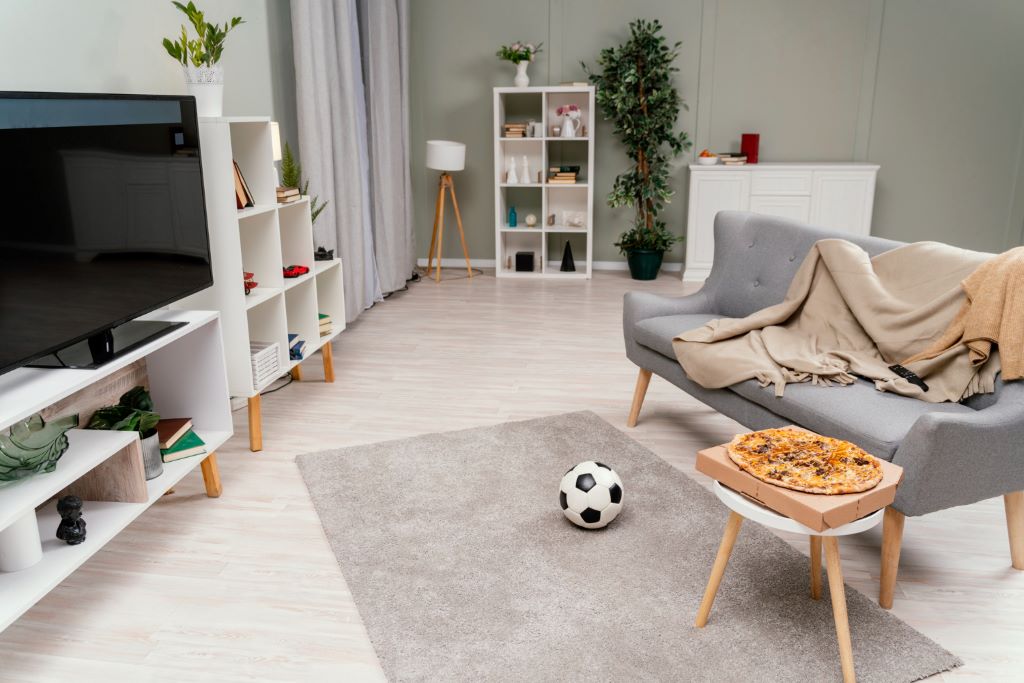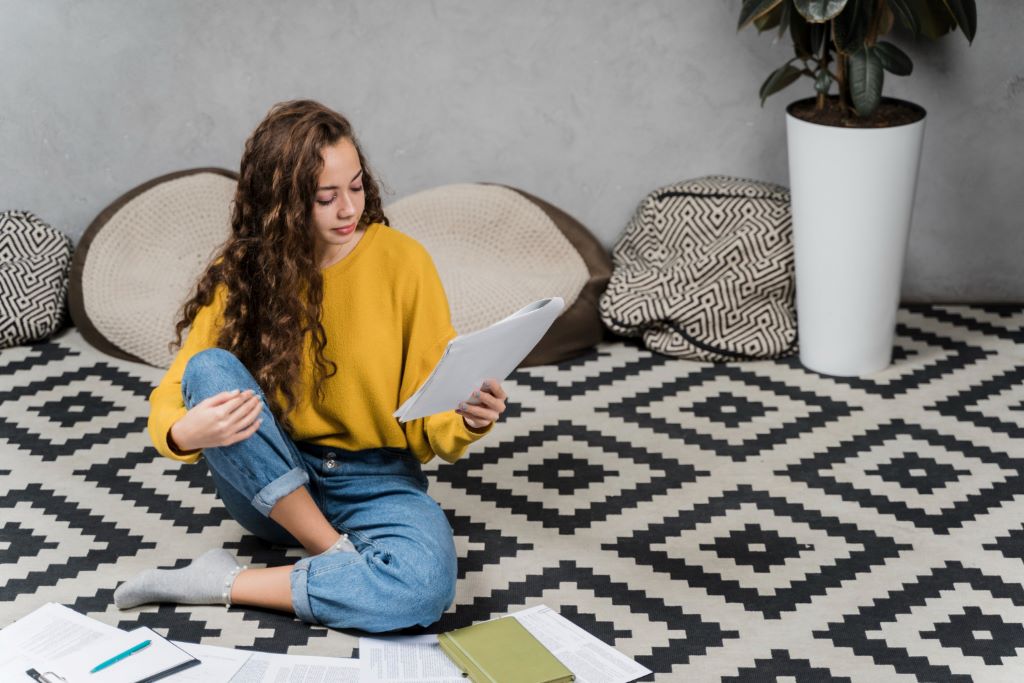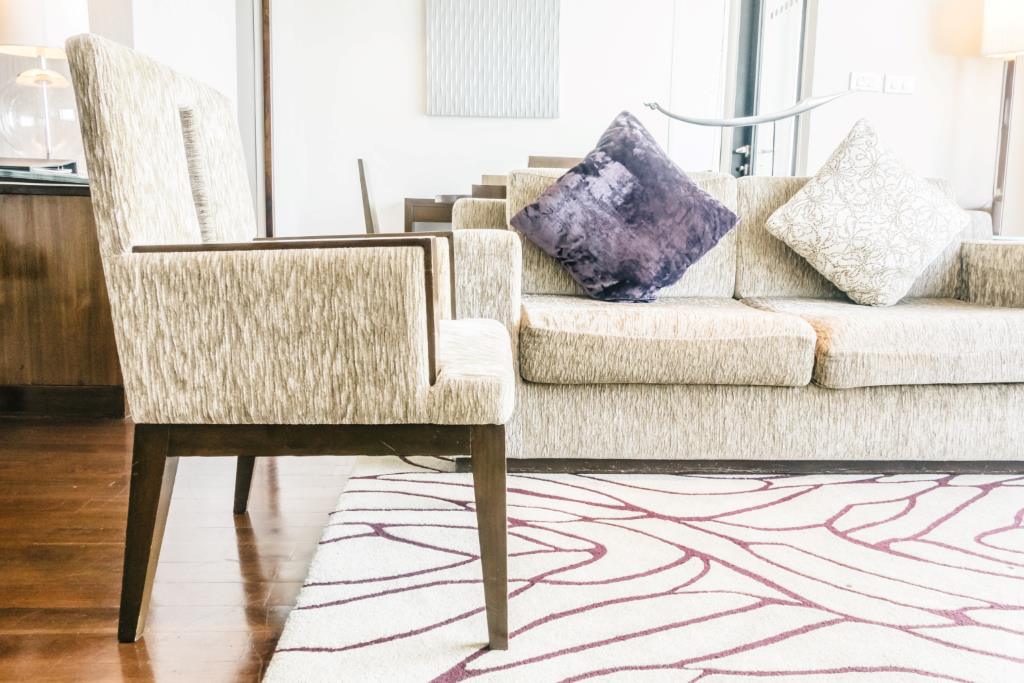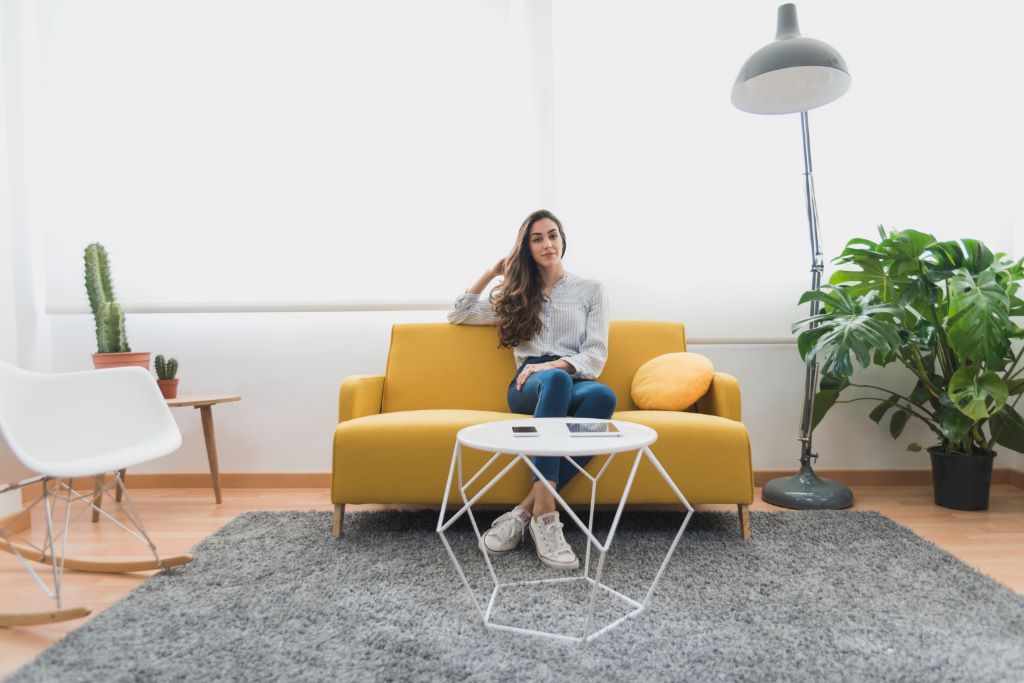
Weaving Tradition with Modern Flair: Exploring the Allure of Modern Persian Rug
For centuries, Persian rug have captivated the world with their intricate designs, vibrant colors, and unparalleled craftsmanship. These woven masterpieces are more than just floor coverings; they are living tapestries that tell stories of a rich cultural heritage, passed down from generation to generation. From the opulent palaces of ancient Persia to the contemporary homes of today, Persian rugs have transcended time and borders, earning a well-deserved place as one of the most coveted and admired art forms in the world.
A Timeless Tradition
The art of rug weaving in Persia (modern-day Iran) can be traced back to the ancient civilizations of the region, where nomadic tribes and skilled artisans alike wove intricate patterns and designs into their textiles. These rugs served not only as functional floor coverings but also as portable works of art, reflecting the nomadic lifestyle and cultural influences of their creators.
Over the centuries, Persian rug weaving evolved into a highly sophisticated craft, with each region developing its distinct styles and techniques. From the iconic Heriz rugs with their geometric patterns to the ethereal Tabriz rugs with their curving floral motifs, every Persian rug is a unique expression of the artist’s vision and the region’s cultural identity.

Embracing Modernity: The Rise of Contemporary Persian Rugs
While steeped in tradition, the world of Persian rugs has also embraced the spirit of modernity, giving rise to a new era of contemporary designs that seamlessly blend ancient motifs with contemporary aesthetics. These modern Persian rugs are a testament to the versatility and enduring appeal of this timeless art form, captivating a new generation of rug enthusiasts and interior design connoisseurs.
Redefining Tradition
Contemporary Persian rug designers are pushing the boundaries of traditional rug-making, incorporating bold colors, abstract patterns, and innovative materials into their creations. These modern interpretations of ancient designs are a celebration of the rich heritage of Persian rug weaving while simultaneously reflecting the ever-evolving tastes and lifestyles of the modern world.
- Bold Hues: While traditional Persian rugs often featured rich, earthy tones like deep reds, blues, and greens, modern Persian rugs embrace a wider spectrum of vibrant hues, from electric pinks and oranges to calming pastels and monochromatic palettes. These bold color choices add a contemporary edge to the age-old art form, allowing it to integrate into a variety of interior design styles seamlessly.
- Abstract Patterns: Departing from the intricate floral and geometric motifs of traditional Persian rugs, contemporary designers are exploring the realm of abstract patterns. These abstract designs, often inspired by modern art movements, offer a fresh and avant-garde perspective on rug weaving, appealing to those with a penchant for minimalism and unconventional aesthetics.
- Innovative Materials: While traditional Persian rugs were woven using natural fibers like wool, silk, and cotton, modern Persian rug designers are experimenting with a range of innovative materials. From synthetic fibers that offer enhanced durability and stain resistance to recycled and sustainable materials that align with eco-conscious values, these contemporary rugs are pushing the boundaries of what a Persian rug can be.
Blending Tradition and Modernity
Despite the contemporary twist, many modern Persian rug designers remain deeply rooted in the rich traditions of their craft. They pay homage to the ancient techniques and motifs that have defined Persian rug weaving for centuries while infusing their creations with a fresh, modern sensibility.
One prime example of this harmonious blend is the use of traditional Persian motifs in contemporary designs. Skilled artisans reinterpret iconic patterns like the Boteh (tear-drop shape), the Gol-e-Farang (floral motif), and the Herati (interlocking pattern) in bold, minimalist styles, creating a captivating fusion of ancient symbolism and modern aesthetics.
Another aspect that exemplifies this seamless integration is the incorporation of traditional weaving techniques into contemporary rugs. Hand-knotting, a time-honored method that dates back centuries, is often combined with modern materials and designs, resulting in pieces that exude both heritage and innovation.

The Allure of Modern Persian Rugs
Beyond their visual appeal, modern Persian rugs hold a deeper allure that speaks to the discerning tastes and values of contemporary consumers. These rugs are not merely functional floor coverings but rather, canvases for artistic expression, sustainable living, and cultural appreciation.
Artistic Expression
Each modern Persian rug is a unique work of art, imbued with the vision and creativity of its designer and weavers. These rugs transcend mere decoration, becoming conversation pieces that spark dialogue and appreciation for the craftsmanship and artistry behind their creation.
In a world where mass-produced goods dominate, the allure of modern Persian rugs lies in their exclusivity and individuality. Each rug is a one-of-a-kind masterpiece, often bearing the signature or mark of its creator, making it a truly distinctive and valuable addition to any interior space.
Sustainable Luxury
As the world becomes increasingly conscious of the environmental impact of our choices, modern Persian rug designers are embracing sustainable practices and materials. Many contemporary rugs are crafted using eco-friendly fibers, such as organic wool or recycled materials, reducing their carbon footprint and promoting a more responsible approach to luxury.
Furthermore, the handmade nature of these rugs supports the preservation of traditional weaving techniques and provides sustainable livelihoods for skilled artisans, many of whom hail from rural communities where rug weaving is a long-standing cultural tradition.
By investing in a modern Persian rug, discerning consumers not only acquire a beautiful work of art but also contribute to the preservation of a rich cultural heritage and the promotion of sustainable practices.
Cultural Appreciation
Perhaps one of the most alluring aspects of modern Persian rugs is their ability to bridge the gap between past and present, tradition and modernity. These rugs serve as tangible links to the rich cultural heritage of Persia, allowing us to appreciate and honor the centuries-old traditions that have shaped this art form.
Through their intricate designs and symbolic motifs, modern Persian rugs tell stories of ancient civilizations, beliefs, and ways of life. They offer a window into the diverse cultural tapestry of the region, allowing us to celebrate and understand the vibrant traditions that have influenced the world we live in today.
By embracing these modern interpretations of Persian rugs, we not only adorn our living spaces with beautiful works of art but also pay homage to the enduring legacy of a remarkable cultural tradition.

Conclusion
In a world that constantly evolves and embraces change, modern Persian rugs stand as a testament to the enduring power of tradition and the resilience of art. These woven masterpieces seamlessly blend ancient motifs with contemporary aesthetics, captivating a new generation of rug enthusiasts and interior design connoisseurs.
Whether adorning the floors of opulent palaces or gracing the living rooms of modern homes, modern Persian rugs offer a unique fusion of artistic expression, sustainable luxury, and cultural appreciation. They invite us to explore the rich heritage of Persian rug weaving while celebrating the innovative spirit of contemporary design.



